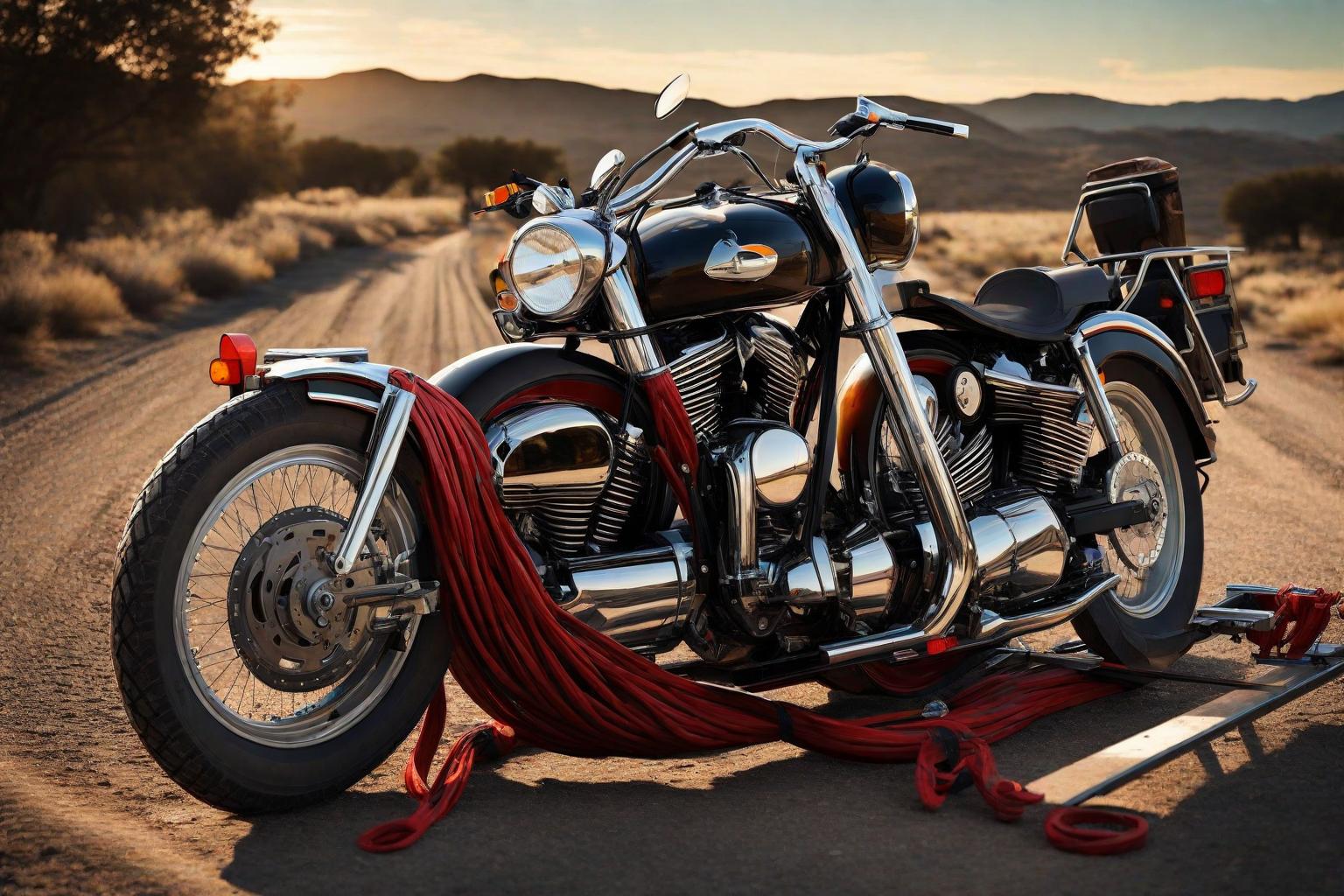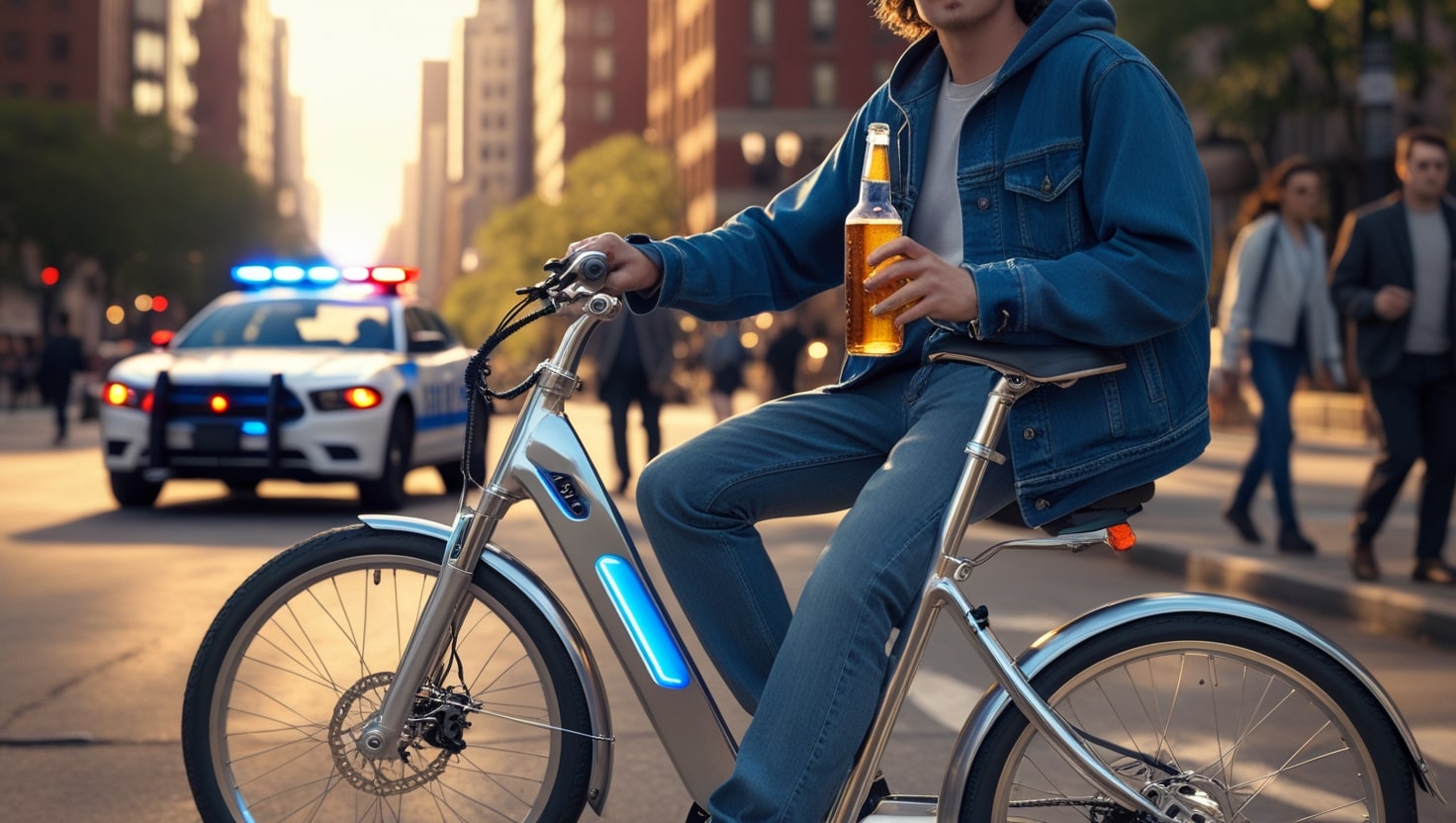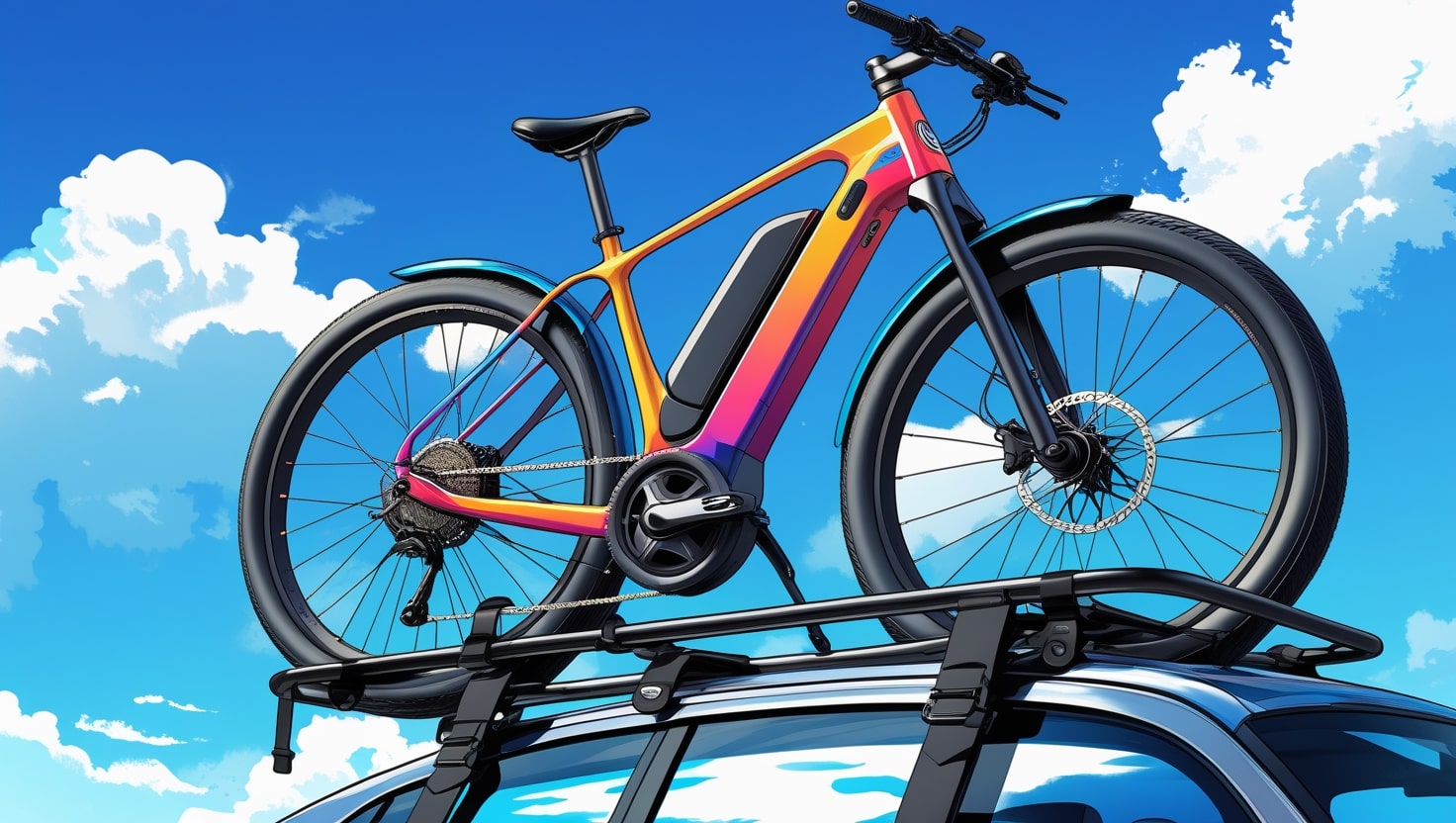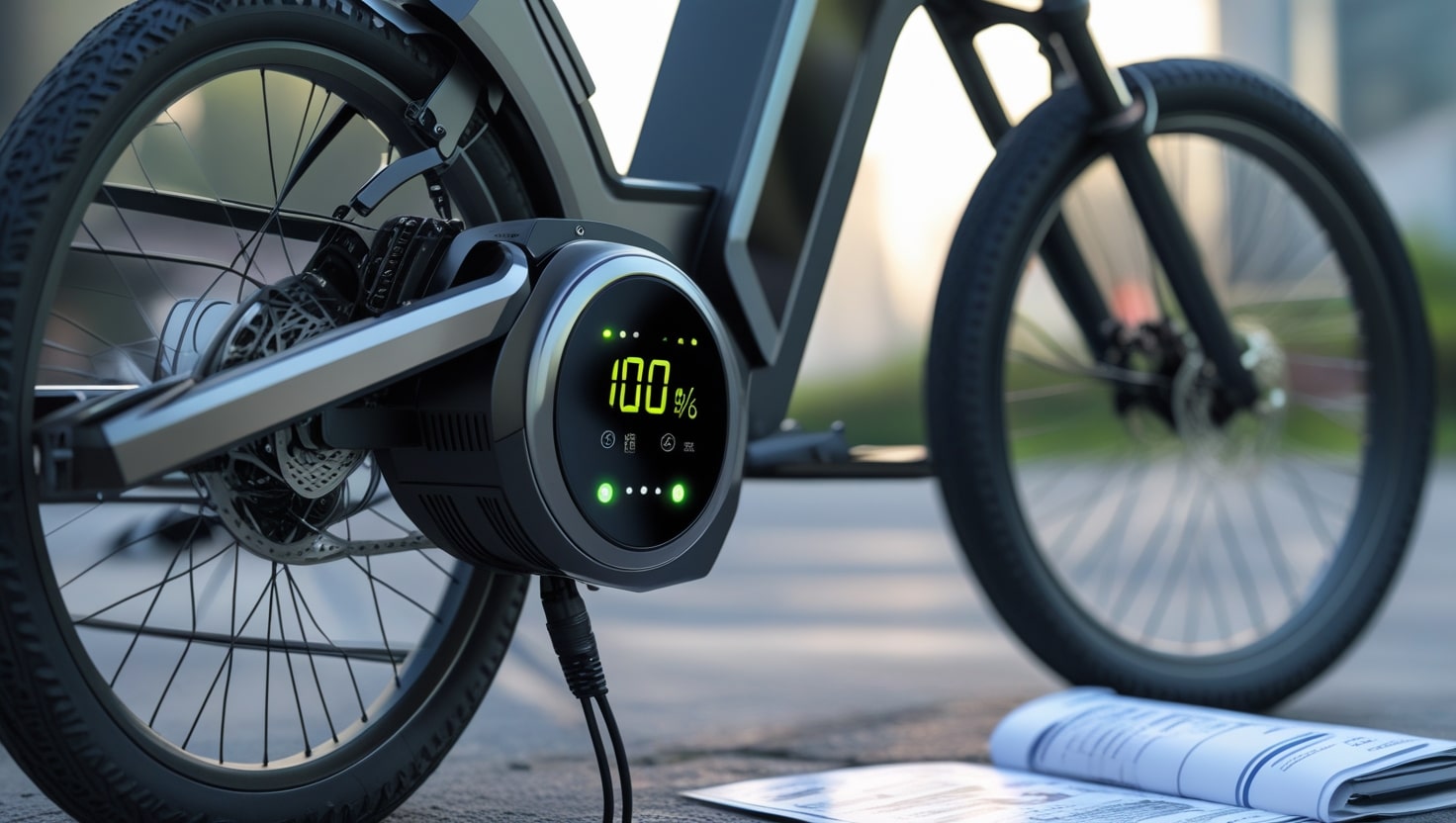Transporting a motorcycle to a different destination can seem challenging, especially if you want to ensure your bike remains in perfect condition along the journey. In this guide, you’ll find some pro tips and insights from my personal experiences to help make the process smooth and safe, How do you tie down a motorcycle on a trailer? Whether you’re using an open or enclosed trailer, the goal is the same: to secure and strap the motorcycle properly to avoid any potential damage while hauling.
I’ve found that the right straps and a good trailer setup are essential to keep everything secure and prevent the bike from shifting, no matter the road conditions. From setting up your trailer to selecting the best method for tying it down, these steps will make sure your bike is well-anchored and safe throughout the trip.
Related: How Heavy is a Motorcycle?
Best ways to haul a motorcycle
When choosing the best method to haul a motorcycle, consider different situations and weigh factors like distance and budget. An open trailer is often a good choice if you’re traveling a short distance or working with a tight budget. But if safety is your top priority for a longer trip, an enclosed trailer is a great option to keep your bike protected. Having personally experienced both options, I can say that carrying a bike in an enclosed trailer offers more peace of mind for longer hauls. Each trailer type serves its purpose well, so opt based on your priority and the specific situation.
Open trailers for motorcycle transport
Using an open trailer for transporting a motorcycle offers advantages such as:
Affordability: Open trailers often cost less than enclosed options, making them a good choice for budget-conscious riders. They help save on costs due to their lighter weight, which also improves fuel efficiency for your towing vehicle.
Lighter weight: The reduced weight of an open trailer makes it easier to handle and more affordable, which benefits transport overall.
Easy loading/unloading: With an open trailer, you get quick access to your motorcycle for loading and unloading, which can save time and effort.
Airflow: The open design allows fresh air to circulate, which helps prevent moisture buildup around the engine and minimizes risks of overheating.
Visibility: Open trailers provide visibility so you can see if the bike shifts during transport, making any adjustments easy to manage.
Remember these important factors:
Limited protection: Your motorcycle remains vulnerable to the elements like rain, road debris, dust, and dirt. While fresh airflow is beneficial, exposure to the elements can be a downside.
Cleaning challenges: With more exposure to the road and weather, an open trailer means extra cleaning is necessary to remove grime and dirt after each trip.
Security concerns: Open trailers may lack protection against theft or vandalism, making security a key concern when considering an open trailer for longer trips or high-traffic areas.
Enclosed trailers for motorcycle transport
Benefits of using attached trailers include:
Protection from the Elements: Enclosed trailers keep your motorcycle safe and dry, shielding it from rain, snow, and dust. This weatherproof design helps in preserving the condition of your bike throughout the trip.
Enhanced Security: With a solid barrier against the outside, enclosed trailers provide extra security and reduce risks of theft or vandalism. This can be especially valuable if your motorcycle has significant value.
Additional Storage: An enclosed trailer offers additional space for gear and equipment, giving you an advantage in terms of storage.
On the other hand, there are important factors to consider, such as:
Higher cost: These trailers tend to have a higher cost compared to open ones, so consider your budget and priorities.
Heavier weight: The added weight impacts fuel efficiency, which is another consideration for longer trips.
Loading/unloading: Maneuvering your motorcycle into a closed space can be challenging and may require careful maneuvering.
Ventilation: Proper ventilation is essential to prevent moisture buildup inside the trailer. Flow-through vents can help maintain the right conditions for your bike.
Related: What Motorcycle Should I Get

How to load a motorcycle on a trailer
Preparing to load your motorcycle onto a trailer? Use these steps to do this easily and safely:
Park your towing vehicle and trailer on a flat, level ground to ensure safety during the process.
Use ramps or a loading dock to roll or ride the motorcycle onto the trailer easily and with better control.
Position the bike in the center of the trailer to keep it balanced and stable during transport.
Use wheel chocks to secure the front wheel so that the motorcycle won’t move while in transit, keeping it securely in place.
After properly loading the motorcycle onto the trailer, the next step is to strap it down to secure it during transit.
how do you tie down a motorcycle on a trailer
What you need
Make sure you have all the supplies ready before getting started.
Choose between an open or enclosed trailer based on your preference and transport needs.
Use cam buckles or ratchet straps to securely hold the motorcycle in place.
Wheel chocks or a wheel locking system are essential for stabilizing the wheels and preventing any movement during transport.
Use these steps to securely hitch a motorcycle to a trailer:
Related: Who Makes Indian Motorcycles
1. Attach tie-down straps
To secure your motorcycle on the trailer, start by using high-quality tie-down straps. Loop each strap around a sturdy part of the frame, like the lower fork tube or frame rails near the fender mount. If you’re looking for budget-friendly options, cam buckles are lightweight and simple but may allow some slack due to limited tension and adjustability.
Ratchet straps offer rock-solid security and are quick to adjust, but be careful to avoid over-tightening, as this can cause damage to the suspension on your bike. Keep in mind they also take up more space and may be heavier on your wallet.
2. Position the motorcycle
Place the motorcycle in the center of the trailer and make sure it stands upright to keep it balanced. This positioning helps prevent swaying and keeps the bike steady when you’re in motion. After placing it, adjust the straps to hold the motorcycle firmly in place, so it doesn’t shift during transit.
3. Apply tension
To keep the motorcycle steady, tighten the straps with enough tension to hold it securely. Be sure to pull the straps evenly on each side to avoid tilting. Apply just the right amount of tension—tight enough to secure the bike without overdoing it, as too much force might compress the suspension. Check for any slack and adjust the straps as needed to ensure everything is firmly in place.
4. Secure additional points
For extra security during transport, add more straps to firmly anchor both the front wheel and rear wheel of the motorcycle to the trailer. This added measure helps prevent any lateral movement and keeps the bike steady throughout the journey.
5. Double check
Before you start on the road, take a moment to double-check all the straps and connections on your motorcycle. Tug each strap firmly to confirm that it’s holding the bike tightly and everything is secure. If desired, you can also add a cover over your motorcycle for extra protection.
How to tie down a motorcycle in an enclosed trailer
To safely transport your motorcycle in an enclosed trailer, start by following the essential steps to secure it. Consider installing wheel chocks or a wheel locking system to prevent the bike from rolling during transit. Be sure to secure any loose items inside the trailer so they don’t move or shift around while you’re on the road.
Related: Best Backpacks for Motorcycle
Common mistakes when hauling a motorcycle
Avoid using worn-out or fraying tie-down straps, as these are more likely to snap and compromise safety.
Don’t attach straps to weak or non-load-bearing parts of the motorcycle, as this won’t provide stability and could lead to damage.
Over-tightening the straps can harm the suspension and the condition of the bike.
Check the straps periodically during transit to catch any loosening or issues early. Continually ensure that everything stays stable throughout your trip for maximum safety.
Related: How Often Oil Change for Motorcycle








